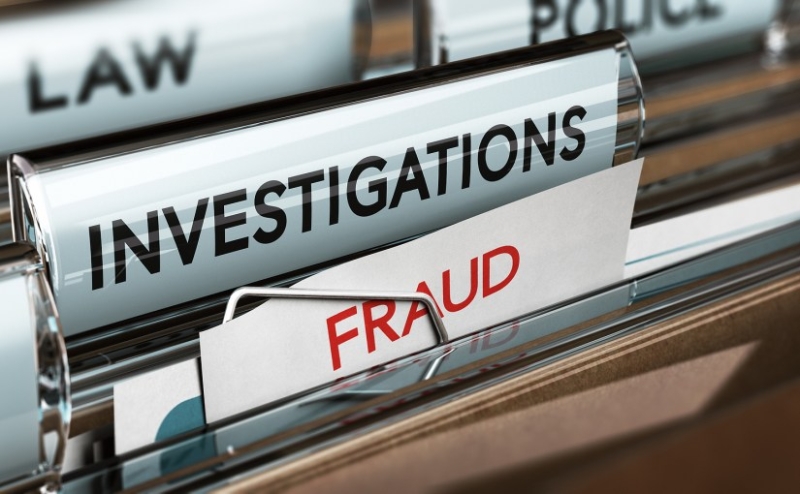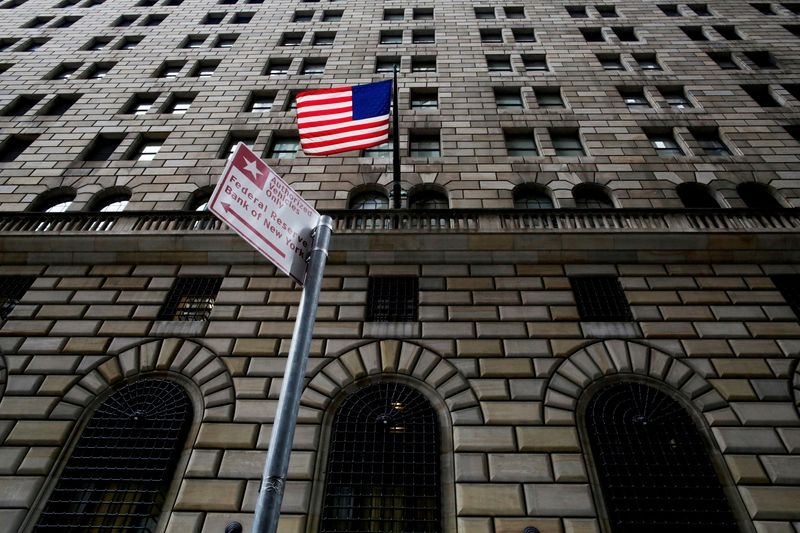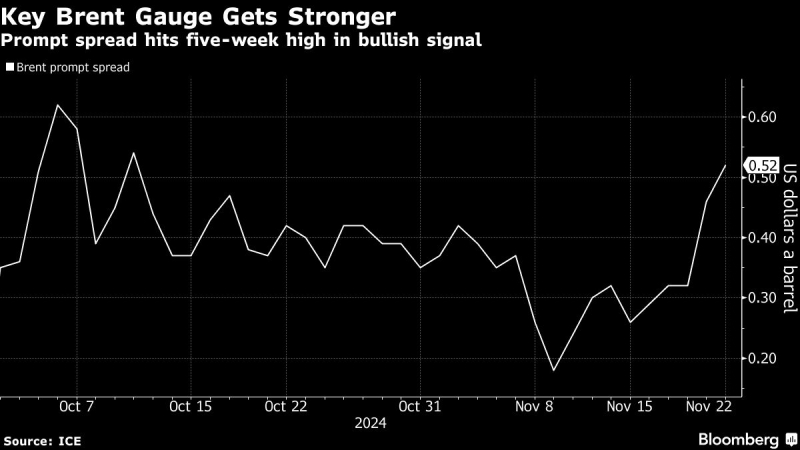
In the United States, language barriers can make it difficult for non-English speakers to access banking services, so paying bills and saving money can be more challenging.
About one in 12 people in the U.S. speak limited English, and many are unbanked. Today, however, the Consumer Financial Protection Bureau (CFPB) and community banks are taking steps to close the language gap so that more people can get access to the banking services they need.
Let’s look at the impact of language barriers in banking and how they are being addressed.
Key Takeaways
- People who speak limited English in the United States may not have easy access to banking services that they need.
- An estimated 4.5% of the U.S. population is unbanked, meaning that they don’t have a bank account or use traditional banking products and services.
- Hispanic households make up 12.2% of the unbanked population.
- Language barriers can make it difficult for non-native English speakers to gain access to banking services, which can make things like paying bills and saving money more challenging.
- Initiatives by the Consumer Financial Protection Bureau (CFPB) and community banks are helping to close the language gap.
Language Barriers in Banking
Language barriers can impact people’s access to financial services. About 5% people in the U.S. were unbanked, or did not have a bank account, in 2020. But the rate for communities where English is not the first language is much higher. For example, among Hispanic households, where Spanish is often the primary language, 12.2% are unbanked, according to 2019 Federal Deposit Insurance Corp. (FDIC) data.
Nearly 22% of the U.S. population speaks a language other than English at home—that’s 67.3 million people. Many of these people are fluent in English, but many aren’t. More than one in 12 people over the age 5 are limited English proficient (LEP), meaning that they speak English less than very well.
People and communities not proficient in English can find it difficult to access banking services in the U.S. Even if banks offer basic account information or customer services in a range of languages, financial disclosures and written documents may not be available in languages other than English. In addition, immigrants may struggle to understand how bank accounts, investments, and other financial products work in the U.S.
Tip
The Consumer Financial Protection Bureau (CFPB) offers numerous tools online to help Spanish speakers better understand U.S. banking concepts, products, and services.
The Costs of Being Unbanked
It can be costly for a language barrier to leave you unbanked or underbanked, meaning you have a bank account but also use alternative financial services.
People who are not well served by mainstream banks often rely on more more expensive financial services. For example, check cashing services can charge fees ranging from 1% to 12% of the check amount. That can mean paying $10 to $120 to cash a $1,000 check. Banks may cash checks for noncustomers, but this can still entail paying a fee of $5 to $10. For people who get paid by check because they don’t have a bank account, these fees can amount to thousands of dollars per year.
Borrowing money can also be expensive if you rely on alternative banking services. Options like payday loans or car title loans have significantly higher interest rates than traditional personal loans. Payday loans, often with annual percentage rates (APRs) of 300% or higher, can create a cycle of debt that is difficult to escape.
Important
Each state has different laws regarding payday lending, including what interest rates and fees may be charged by lenders. Some payday loans are considered predatory and are prohibited in certain states.
Overcoming Language Barriers in Banking
In recent years, there has been a growing awareness of the impact of language barriers on access to banking and financial health. Both financial services companies and federal agencies are trying to address this problem.
For example, Mitchell Bank in Milwaukee is among the banks opening branches in underserved areas. It has a branch called Cardinal Bank in a Milwaukee high school with a 70% Hispanic immigrant population. Cardinal Bank offers financial literacy programs, helps customers without Social Security numbers apply for Internal Revenue Service (IRS) Individual Taxpayer Identification Numbers (ITINs), and uses the FDIC Money Smart program to help develop money skills for students and their parents.
People with limited English proficiency can also turn to government programs for help with banking services. Many states and large cities have local immigrant advocacy organizations that can direct people to local banks that offer services, education, and outreach in other languages.
Finally, the Consumer Financial Protection Bureau (CFPB) offers support for people with limited English proficiency. You can call (855) 411-2372 to get assistance in more than 180 languages. The CFPB also provides free educational materials on banking in dozens of languages.
Note
In addition to addressing language barriers, banks and financial institutions are taking steps to make banking more accessible for people with hearing and speech disabilities, cognitive disabilities, and visual impairments.
What does it mean to be unbanked or underbanked?
Being unbanked means that you do not have a bank account. Being underbanked means that you have a bank account, but you also use alternative financial services, such as check cashing services or payday loans.
How many people in the United States are unbanked?
Approximately 5% of the U.S. population, or 7.1 million households, was unbanked as of May 2021. The number of unbanked households was disproportionately higher among Hispanic, Black, and low-income families.
What problems do language barriers in banking cause?
Language barriers can make people with limited English proficiency (LEP) more reluctant to seek out banking and financial services. In turn, this can make it more difficult for them to manage their finances, pay bills, and save money. They may also be more likely to use costly banking alternatives like check cashing services or payday loans.
Do banks have translators?
Banks can use automated translation and interpretation tools to communicate with customers who have limited English proficiency. More banks are hiring translators and interpreters who can communicate with customers over the phone or in person.
The Bottom Line
Language barriers can make it more difficult for people to get the banking services or products that they need, but steps are being taken to address this problem in the U.S. As the banking industry becomes more inclusive, people with limited English proficiency may find it easier to open bank accounts, apply for loans, and manage their financial health without paying high fees in the process.
Article Sources Investopedia requires writers to use primary sources to support their work. These include white papers, government data, original reporting, and interviews with industry experts. We also reference original research from other reputable publishers where appropriate. You can learn more about the standards we follow in producing accurate, unbiased content in our editorial policy.
-
Consumer Financial Protection Bureau. “Five Ways Banks and Lenders Work with People Who Speak or Understand Limited English.”
-
Federal Deposit Insurance Corp. “2021 FDIC National Survey of Unbanked and Underbanked Households.”
-
Federal Reserve System. “Economic Well-Being of U.S. Households in 2020—May 2021.”
-
Federal Deposit Insurance Corp. “How America Banks: Household Use of Banking and Financial Services,” Page 12 (Page 20 of PDF).
-
Center for Immigration Studies. “67.3 Million in the United States Spoke a Foreign Language at Home in 2018.”
-
CostHelper, Personal Finance. “How Much Does Cashing a Check Cost?”
-
Consumer Financial Protection Bureau. “CFPB Finalizes Rule to Stop Payday Debt Traps.”
-
Consumer Financial Protection Bureau. “What Are the Costs and Fees for a Payday Loan?”
-
Federal Deposit Insurance Corp. Archive. “Financial Education and the Future: The Banking Industry’s Role in Helping Consumers Manage Money and Build Assets,” download PDF, Page 17 (Page 19 of PDF).
-
Consumer Financial Protection Bureau. “What Is a Payday Loan?”
Open a New Bank Account Advertiser Disclosure × The offers that appear in this table are from partnerships from which Investopedia receives compensation. This compensation may impact how and where listings appear. Investopedia does not include all offers available in the marketplace. Open a New Bank Account Advertiser Disclosure × The offers that appear in this table are from partnerships from which Investopedia receives compensation. This compensation may impact how and where listings appear. Investopedia does not include all offers available in the marketplace.






